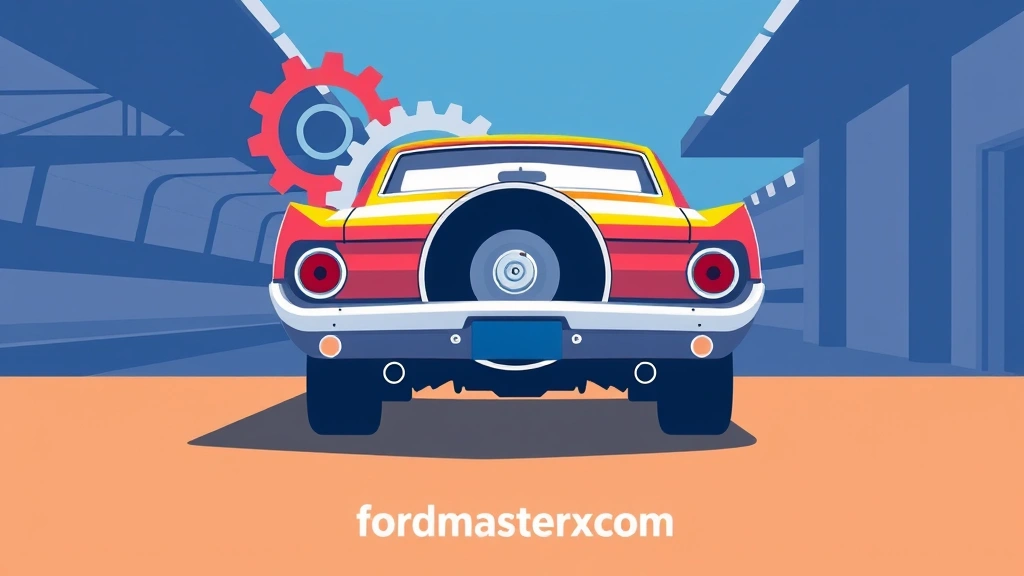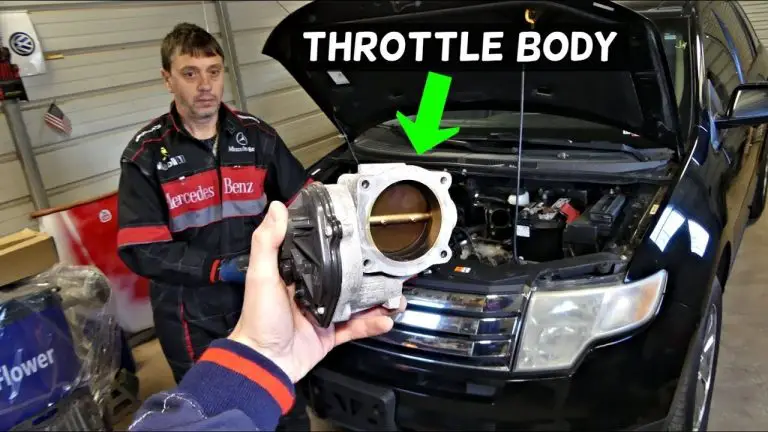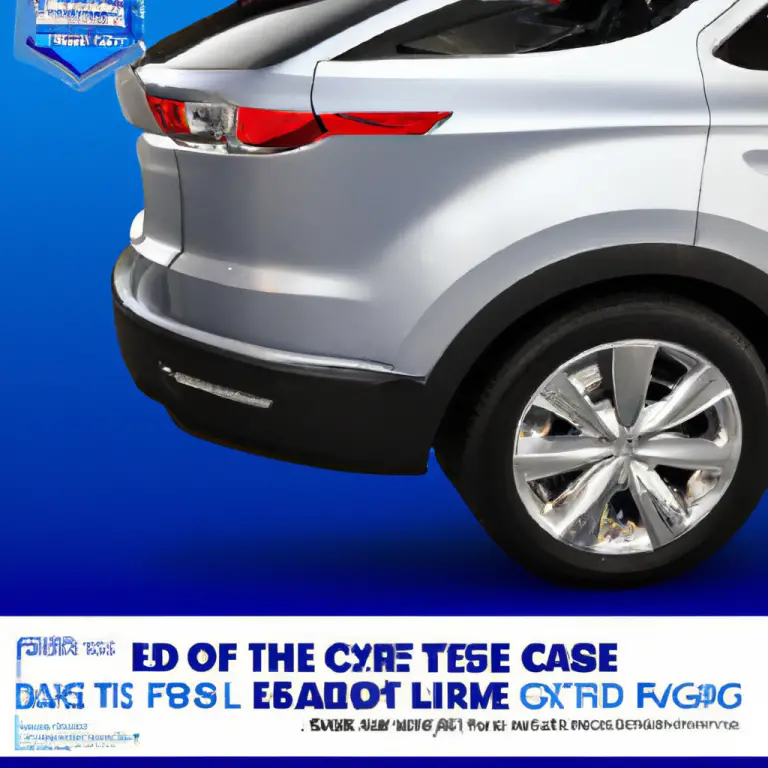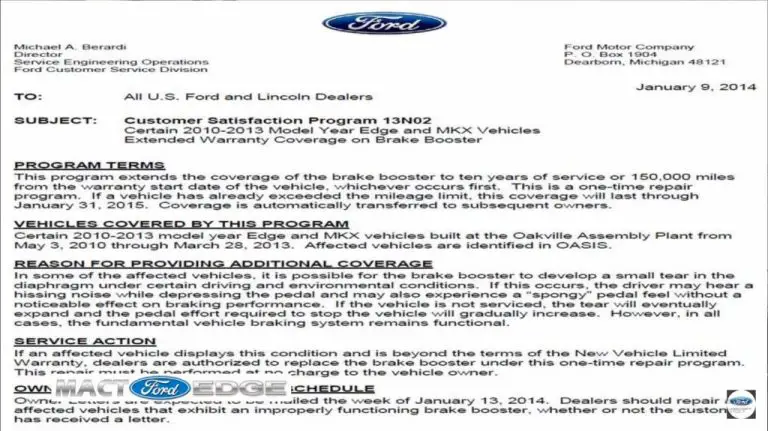Ford 9 Inch Rear End: Ultimate Performance Guide
Key Takeaways
- The Ford 9-inch rear end is a legendary piece of American automotive engineering. It's known for its incredible strength and versatility.
- It's a top choice for hot rodders, drag racers, and off-road enthusiasts due to its robust design and wide range of aftermarket parts.
- Understanding the different types, their strengths, and how to maintain them can save you a lot of headaches and boost your ride's performance.
- Choosing the right 9-inch for your project involves considering your vehicle's power, intended use, and budget.
The Ford 9-inch rear end has been a staple in the American automotive scene for decades. It's not just a part; it's a legend. If you're building a hot rod, a drag car, or even an off-road beast, chances are you've heard whispers about the mighty 9-inch.
This isn't just hype, folks. This rear end earned its reputation for a reason. Its design is inherently strong, making it a go-to for anyone pushing serious horsepower.
Why the Ford 9-inch is a Legend
You might wonder, what makes this hunk of metal so special? Well, it boils down to a few key design elements. Unlike many other rear ends, the 9-inch has a removable third member, often called a "pumpkin."
This design makes it incredibly easy to swap out gear ratios. You can literally change your gears in minutes, not hours. This is a game-changer for racers who need to fine-tune their setup for different tracks.
Another huge advantage is the pinion support bearing. This extra bearing drastically reduces pinion deflection. Less deflection means less wear and tear, and a stronger unit overall.
Different Types of Ford 9-inch Rear Ends
Not all 9-inch rear ends are created equal. Over the years, Ford produced several variations. Each one had its own nuances. Knowing the differences can help you pick the right one for your build.
Early Models (Pre-1960s)
These are the OGs. You'll find them in older Fords, like early Mustangs and Fairlanes. They're generally strong, but often narrower.
They might require some modification to fit modern wide tires. Still, they're a great starting point if you're going for a period-correct build.
Mid-Era (1960s-1970s)
This is arguably the golden age for the 9-inch. Ford put these in everything from muscle cars to trucks. They came in various widths and housing strengths.
The most sought-after are often those from full-size cars or trucks, as they tend to be wider and more robust. Look for housings with "N" or "XD" cast into them. These signify stronger nodular iron cases.
Aftermarket and Custom Housings
Today, you don't even need to scrounge junkyards. Companies like Currie, Strange, and Moser produce brand-new 9-inch housings. These are often stronger than original Ford units.
They come in custom widths and with various bracket options. This makes them perfect for custom builds where an OEM housing just won't cut it.
What Makes Them So Strong?

It's not just the removable third member. The 9-inch has a robust four-pinion differential. Many other rear ends use a two-pinion design. More pinions mean the load is distributed over more gears, increasing strength.
The ring and pinion gears themselves are also typically larger and thicker. This provides more surface area for power transfer. It's like having a bigger foundation for your house.
Upgrading Your Ford 9-inch
Even a stock 9-inch is strong, but there's always room for improvement. The aftermarket for these units is absolutely massive. You can upgrade nearly every single component.
Axle Shafts
Stock axles are fine for mild street use. But if you're hitting the drag strip or going off-road, you'll want stronger aftermarket axles. Companies offer forged alloy axles that can handle thousands of horsepower.
They're heat-treated and often larger in diameter. This prevents twisting and breakage under extreme loads. Think of them as the backbone of your rear end.
Differentials and Lockers
This is where you can really tailor your 9-inch to your driving style. You can choose from open differentials, limited-slip differentials (LSDs), and full lockers.
- Open Differential: Standard, allows wheels to spin at different speeds. Good for street, not for traction.
- Limited-Slip Differential (LSD): Provides some power to both wheels, improving traction. Great for performance street cars.
- Full Locker: Locks both wheels together, providing maximum traction. Perfect for drag racing or serious off-roading.

| Differential Type | Traction | Street Manners | Best Use |
|---|---|---|---|
| Open | Low | Excellent | Daily Driver |
| Limited-Slip | Good | Good | Performance Street |
| Full Locker | Excellent | Poor | Drag Racing, Off-Road |
Gear Ratios
This is perhaps the most common upgrade. Changing your gear ratio directly impacts your vehicle's acceleration and top speed. A higher number (e.g., 4.11) means quicker acceleration but lower top speed. A lower number (e.g., 3.00) means better highway cruising.
Choosing the right ratio depends on your engine's power band and your driving intentions. Are you building a street cruiser or a quarter-mile monster?
Common Issues and Maintenance
Even the mighty 9-inch isn't invincible. Like any mechanical part, it requires proper maintenance. Ignoring it can lead to costly repairs down the road.
Fluid Changes
This is the easiest and most important maintenance item. Always use the correct gear oil. The 9-inch typically requires a good quality 80W-90 or 75W-140 gear oil.
Change your fluid regularly, especially if you're racing or towing. Contaminated or old fluid can lead to premature wear of gears and bearings. This is cheap insurance.
Bearing Noise

A whining or humming noise from the rear end usually indicates worn bearings. This can be pinion bearings, carrier bearings, or axle bearings. Don't ignore these sounds!
Catching them early can prevent more extensive damage. If you hear a grinding noise, it's already too late, and you likely have significant damage.
Leaks
Oil leaks are common on older rear ends. They can come from the pinion seal, axle seals, or the gasket between the third member and the housing. Address leaks promptly to prevent fluid loss.
Running your rear end low on fluid is a sure way to destroy it. A small leak can turn into a big problem quickly.
Frequently Asked Questions
What is a Ford 9-inch rear end?
The Ford 9-inch rear end is a highly durable and versatile axle assembly. It was primarily used in various Ford vehicles from the 1950s through the 1980s. Its unique design, featuring a removable "third member" or "pumpkin" that houses the differential and gears, makes it incredibly popular for high-performance applications due to its strength and ease of maintenance.
Why is the Ford 9-inch so popular for performance builds?
Its popularity stems from several key features: its inherent strength due to a robust design (often with four-pinion differentials and larger ring and pinion gears), the ease of changing gear ratios by swapping out the third member, and the vast availability of aftermarket parts for upgrades. It can handle extreme horsepower levels, making it a favorite among drag racers, hot rodders, and off-road enthusiasts.
Can I put a Ford 9-inch in any car?
While technically possible, it's not a simple bolt-in for most non-Ford vehicles. You'll likely need to modify the housing width, spring perches, control arm mounts, and potentially driveshaft length. Aftermarket companies offer custom 9-inch assemblies designed to fit a wide range of vehicles, but expect fabrication work for a perfect fit.
What gear ratio should I choose for my 9-inch?
The ideal gear ratio depends entirely on your vehicle's engine, transmission, tire size, and intended use. For quick acceleration and drag racing, higher numerically ratios (e.g., 4.11, 4.56) are preferred. For highway cruising and better fuel economy, lower numerically ratios (e.g., 3.00, 3.25) are better. It's a balance between acceleration and top speed/RPMs at cruising speed.
How do I know if I have a strong 9-inch housing?
Look for specific casting marks on the housing. Housings with "N" (for Nodular) or "XD" are generally stronger, indicating they are made from nodular iron. These were often found in high-performance factory vehicles or heavy-duty trucks. Aftermarket housings are typically new and designed for high strength, often exceeding OEM specifications.
How often should I change the fluid in my Ford 9-inch?
For a street-driven vehicle, changing the gear oil every 30,000 to 50,000 miles is a good rule of thumb. However, if you race your vehicle, tow heavy loads, or engage in frequent hard acceleration, you should change the fluid much more frequently, potentially every season or even after a few race events. Always use a high-quality gear oil.
Conclusion
The Ford 9-inch rear end isn't just a part; it's a legacy. Its enduring popularity is a testament to its robust design and incredible adaptability. Whether you're chasing quarter-mile records or conquering off-road trails, a well-built 9-inch can be the backbone of your performance dream.
So, go ahead and explore the possibilities. With the right knowledge and a bit of elbow grease, your Ford 9-inch can handle whatever power you throw at it. What kind of project are you dreaming of building with a legendary 9-inch? Let us know in the comments below!








